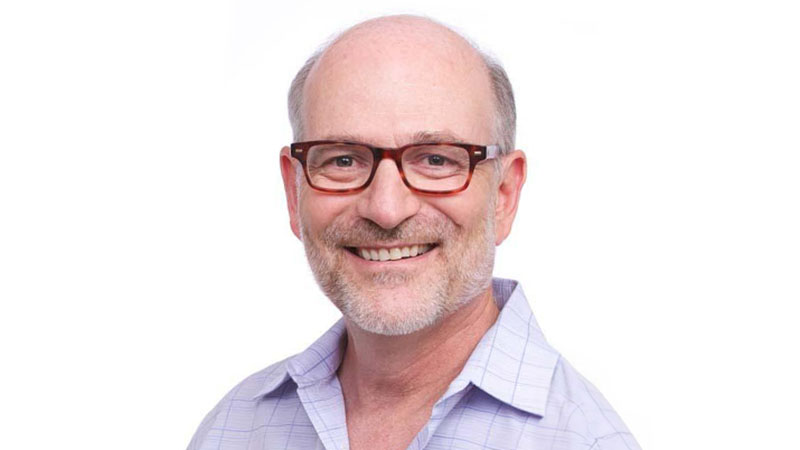
Tonight I
was having a discussion with some close friends. I’ve got to brag here, I have some very
smart, passionate physician friends from residency. One of the hospitalists asked for our collective
advice about a recent difficult clinical encounter:
“How would you handle a 90 year-old patient in the hospital
who refuses to let the nurses change her until we let her go home? She’s been sitting there in her own urine for
24 hours, and I just don’t know how to help.”
Five months into my geriatrics fellowship, I thought maybe I
could handle this one. I suggested that
likely she’s likely very frustrated about her declining health and her ability
to care for herself. She recognizes that
her independence and freedoms are slowly being taken away from her. She’s probably trying to exert control the
only way she can.
The other comments from the group were very different. “More colace,” one said jokingly (from the friend
who thinks that’s all I prescribe). “Oh
that’s ‘failure to thrive,’ she should be conserved,” another weighed in. “I’d just put her in long-term care, there’s
nothing TO do,” said another.
I realized then how much these five months had already
changed me. My viewpoint had shifted,
and I wasn’t seeing things the way my colleagues were anymore. I still knew the complex physiology and I
still got excited about the mystery diagnosis, but now I was managing patients
way more challenging than I ever had in residency. They had multiple medical problems combined
with frail cognitive and functional issues, sometimes complicated by loneliness
and a loss of dignity.
This was not doctoring I read about in books or learned from
writing orders on the wards. This was an
art of balancing the social with the emotional, the physical with the
existential.
“I just wanted to brag about my glamorous life,” my
hospitalist friend said jokingly about the case she presented me.
Glamorous. I looked up the meaning. One definition was “full of excitement,
adventure and unusual activity.” Well,
I’d have to say taking care of older adults IS very glamorous.
I’m still excited every time Mrs. S,
a lively 96 year-old lady, tells me how she met her husband. (Her dementia has progressed, she doesn’t
remember she has already told me this many times.) “It was 1934, and I was on a 3-day train trip
from Texas to San Francisco. There were
250 military men on the train and 8 ladies. I had my pick of the litter and we had a ball,” she laughs until tears fill her eyes. We giggle until our stomachs hurt, but after
a while, we decide to talk seriously about her blood pressure. It has been low lately, and the dizziness it
causes may be the reason for her recent falls. Although she may need the medication for her heart failure and to
prevent a future heart attack, I have the difficult decision of weighing the
risks and benefits of the medication.
There are no studies to guide my clinical
decision-making. (In fact, there are
very few studies that include any 96 year-old patients at all). There is no review of the literature I can do
to determine what the “best” answer is. Instead, I have the glamorous job really listening to what’s
important to her, what gets her up in the morning, and what sacrifices or risks
she is willing to take so that she can have the life that she wants.
My job is so exciting, adventurous, and unusual that I get
to individualize the care I provide for every person I see. Its scary territory when there is no case
like another in which to guide my decisions.
My patients’ lives are filled with amazing stories and
memories. They have survived decades of
experiences, with peaks of joy and valleys of suffering. They continue to have dreams and wishes. They still have many tear-filled fits of
laughter left. My job IS glamorous
because I get to do my best to get them there. And I’m loving every minute of it.
by: Stephanie Rogers @SERogersMD



